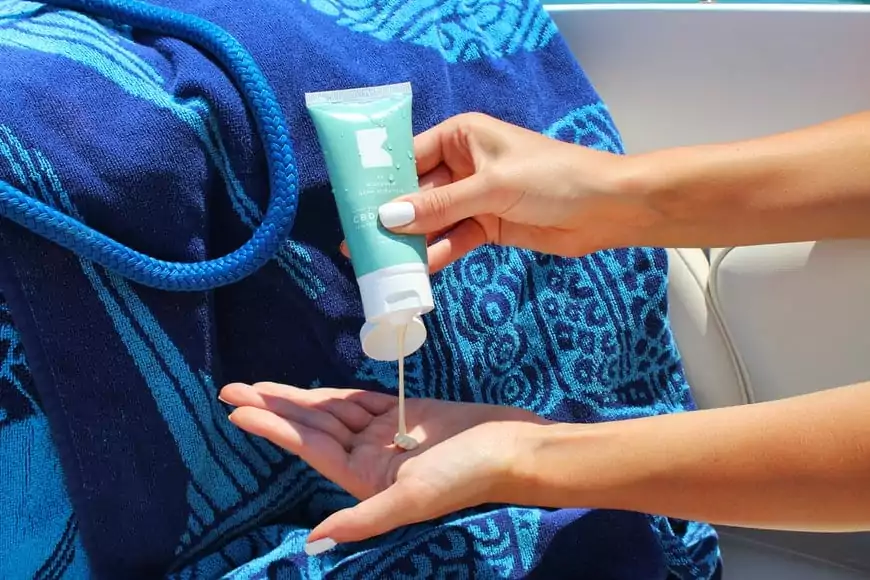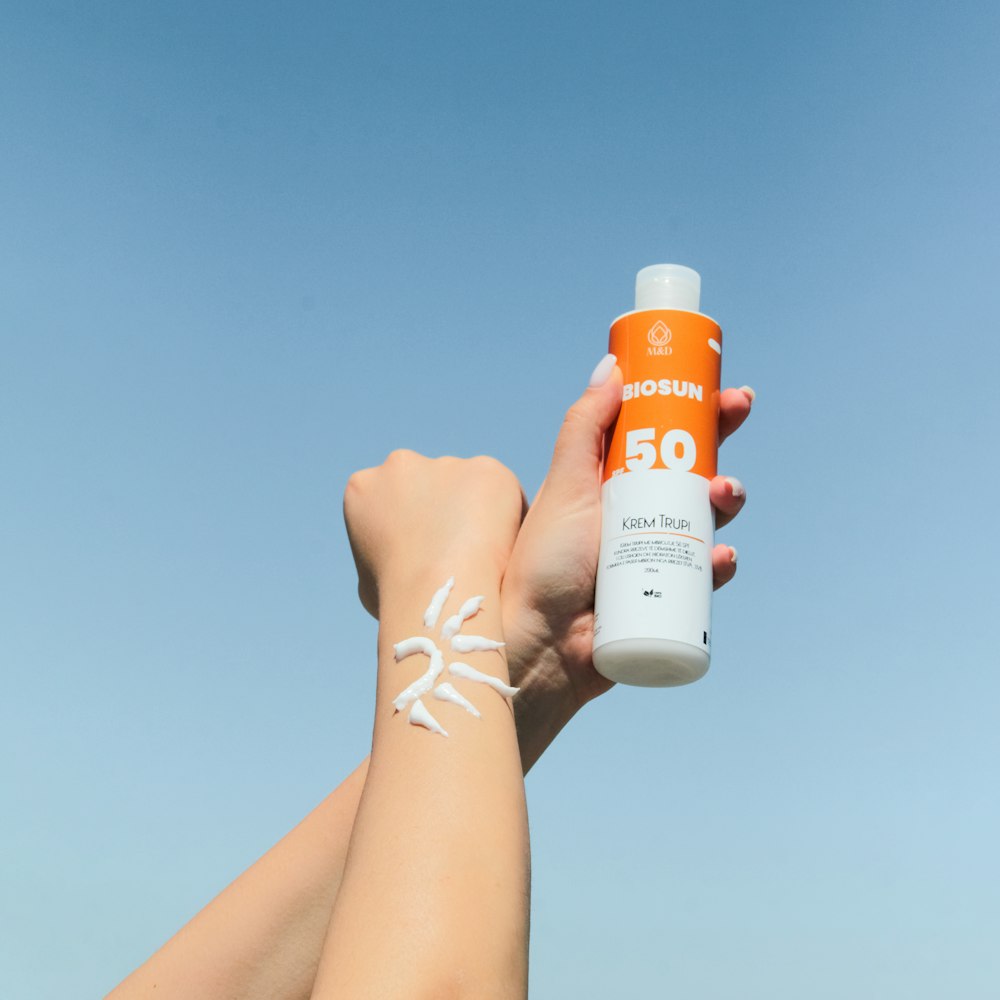by Fayne Frey, M.D. Board Certified Dermatologist
Is Natural Sunscreen Really Natural?
Too many choices…
For more than thirty years, I’ve witnessed the frustration of family members, friends and patients attempting to select the right sunscreen. The sheer number of over-the-counter products available in stores and online overwhelms the best of us. There are bottles and jars, tubes and pumps, and products with and without fragrance. Sunscreens adorn the shelves with SPF’s ranging between 15 and 100+. Some products sell cost very little and others command high prices. How does the average consumer know which to choose?
Navigating the confusing sunscreen product market
In 2014, I created FryFace.com, a completely free science-based online product selector to provide direction for interested consumers. I carefully review ingredient listings for this website and include only sunscreens manufactured by reputable companies, contain a broad spectrum UVA/UVB protection, as recommended by the American Academy of Dermatology, and have a minimum rating of SPF 30.
Manufacturers frequently send me product samples to review. They want feedback on effectiveness, marketing and substantiation of claims found on the label. Ultimately, the manufacturers want their goods added to the FryFace database of effective, affordable and available products.
Is natural sunscreen really natural?
Not long ago I received a yellow manilla envelope containing two 4 oz. sunscreens. Each of the containers sported a label stating 100% Natural Sunscreen. One of the sunscreen labels added Naturally Tinted – Let’s call that tube Sunscreen A. The other label, which I’ll call Sunscreen B, claimed to be for Baby & Kids. Both labels included Broad Spectrum SPF 50 and Formulated with Zinc Oxide.
Both sunscreen formulations had plant derived oils such as grapeseed oil, safflower oil, and lavender oil (a known allergen, but that’s another story) and even beeswax. From a novice’s point of view, the majority of ingredients listed on the label seemed plant-based or “natural.”
The ingredients seem “Natural”, what’s the problem?
I quickly noticed upon reviewing the ingredients in both samples, that, except for one ingredient, the listings were identical.
Iron Oxide
The additional ingredient in Sunscreen A, the tinted sunscreen, was iron oxide, a coloring agent used in cosmetics since the early 1900s. Yes, iron oxides do occur naturally. Did you know that rust is an example of iron oxide?
But, there’s a problem with naturally derived iron oxides. They are commonly contaminated with toxic heavy metals, and toxic to both people and the environment. For that reason, iron oxides in cosmetics are universally synthetic, made in an industrial laboratory. The synthetic version is actually safer than the natural version. Yet, the sunscreen label clearly states 100% Natural Sunscreen. Did the manufacturer really use “natural” iron oxide? I doubt it.
Mica
Both of these “100% natural” sunscreens contained mica, another substance mined from the earth. Mica, found primarily in India, is a soft silicate mineral found in granite, crystals and other rocks, often golden, silver or off-white in color. Ground up into a fine dust-like powder, it’s used to add shimmer and color to beauty products.
Mica is a very controversial ingredient. First of all, it is added to these sunscreens, and to all skincare products for that matter, only to enhance the aesthetic qualities of the product. Secondly, mica has a dark side. While not related to the discussion on natural ingredients, it’s important to note that in India, children as young as four years of age do the mining. Many people therefore associate this ingredient with Child Labor allegations. Additionally, heavy metals like arsenic, mercury and lead commonly contaminate naturally mined mica. These heavy metals are huge safety concerns in beauty products.
Responsible skincare manufacturers using mica in their formulations purchase synthetic mica. Like iron oxide, mica made in a factory is safer than its natural counterpart. I’ll assume the makers of the two product samples I reviewed chose to formulate these sunscreens with the synthetic version. Unfortunately, the consumer has no way to know for sure. Remember, the labels on both sunscreens claim they are 100% Natural Sunscreens.
Zinc Oxide
Zinc oxide is the active ultraviolet filter included in both sunscreens. Almost all zinc oxide used in skincare products today is synthetic. Once again, the two sunscreens under review clearly read 100% Natural Sunscreen.
Oil Extracts
Oil extracts from plants constitute the majority of ingredients in these two sunscreen examples. For that reason, perhaps consumers consider these products as natural. But 100% natural, I don’t think so. How many plant derived ingredients must a sunscreen include to claim it’s a natural product? And does it matter how much of these plant derived ingredients the product contains? Is it ok to add a miniscule amount of an oil extract to justify the “natural” claim?
Label requirements for ingredients
The manufacturer does not list the quantity of each ingredient, nor does the law require them to do so. And does it matter how they incorporate these ingredients into the formulation? Neither crushed up leaves nor pressed mushrooms can dissolve adequately into a skincare product. Even plant-based compounds must be processed to be appropriately added to a formulation. Are these modified plant oils considered natural?
What truly constitutes a natural skincare product?
Here’s the question…Are natural sunscreens really natural? There are many examples of synthetic versions of natural ingredients manufactured in a factory and used in skincare products because they are safer. Is a skincare product that uses these fabricated ingredients still a “natural” skincare product? What truly constitutes a natural skincare product? Consumers love the word natural. And it is very clear to me that the term clearly means whatever the consumer and the manufacturer want it to mean.
The bottom line
Despite the fact that nobody really knows what constitutes a “natural” skincare product, consumers want them. And because consumer demand drives market sales, manufacturers provide. The truth is, an effective 100% natural sunscreen doesn’t exist.
As for my review of the two “100% Natural Sunscreens”, I asked the manufacturer if the iron oxide, mica and zinc oxide were synthetic or if the product contained a “natural” version of these ingredients. Not surprisingly, I never heard from them again. Needless to say, I did not add these two sunscreen products to the product database at FryFace.com.











